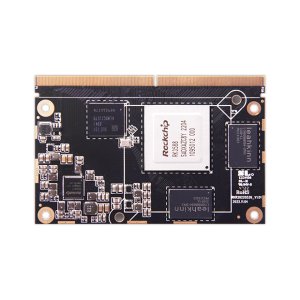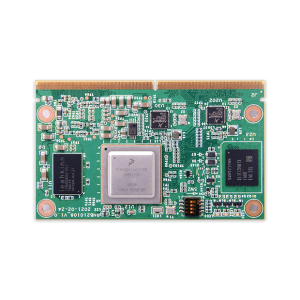Understanding System on Module (SoM) and Its Applications in Embedded Systems
Understanding System on Module (SoM) and Its Applications in Embedded Systems
Blog Article
Edge processing has surfaced as a innovative development in the computer business, enabling faster data processing and paid down latency by providing computational energy closer to wherever information is created. A vital innovation encouraging that change may be the increase of system on module manufacturers which are small, efficient, and flexible computing models built to integrate seamlessly into personalized equipment systems.

The Role of Pc on Adventures in Side Computing
Pc on Modules have grown to be indispensable in side computing for their capability to improve electronics design while maintaining powerful running capabilities. According to a current report by MarketsandMarkets, the world wide edge processing industry is estimated to develop from $40.84 billion in 2021 to $132.11 million by 2026, with COMs enjoying a significant role in that expansion.
These adventures are especially impactful in industries requesting real-time information analysis at the edge. Like, the transportation industry employs COMs in autonomous cars for real-time decision-making, while intelligent towns deploy them to control programs like traffic flow and energy distribution.
Compact and Functional Design
One of many standout features of Computer on Adventures is their small and modular design. This permits designers to incorporate high-performance computing power into edge devices without the necessity for intensive hardware redesign. A study by IoT Analytics discovered that 68% of organizations implementing IoT solutions contemplate modular electronics like COMs essential for fast implementation and scalability.
COMs also help customizable adjustments, creating them suitable for a wide selection of purposes, from industrial automation to healthcare. Their capability to conform to unique demands is a operating power behind their use in edge computing systems.
Power Efficiency and Performance
Side research products often operate in environments with restricted power resources. COMs address this challenge by providing optimized energy effectiveness without diminishing on computational strength. A study by Allied Market Research outlined that energy-efficient side computing solutions are expected to master the market through 2030, placing COMs as a vital aspect for reaching that goal.
Also, with improvements in processors and incorporated design, COMs today produce the efficiency needed for AI-driven applications at the edge. That not only improves real-time capabilities but also decreases dependence on centralized cloud systems.
Why the Future Goes to COMs
With worldwide data era estimated to reach 175 zettabytes by 2025, edge computing is set to become more integral than ever. Computer on Adventures offer an flexible, energy-efficient, and scalable option for running this influx of data. Their relevance across diverse industries like healthcare, manufacturing, and telecommunications just underscores their vital role in surrounding the continuing future of side computing.
COMs are no further only a scientific trend; they are the backbone of next-generation edge techniques driving invention and performance over the globe. Since the need for edge processing is growing, therefore will the value and influence of COMs in this fast evolving landscape. Therefore, it's safe to express that Computer on Segments are here to remain and may carry on shaping the continuing future of side computing.

Realization
Edge research is transforming the way in which we process and use information, with Computer on Segments at the front of this revolution. Their compact style, versatility, power performance, and efficiency make them an ideal answer for control real-time information at the edge. As industries significantly rely on side processing due to their procedures, COMs can perform an essential role in driving advancement and performance in these systems. Report this page